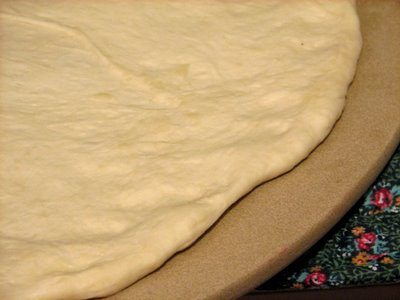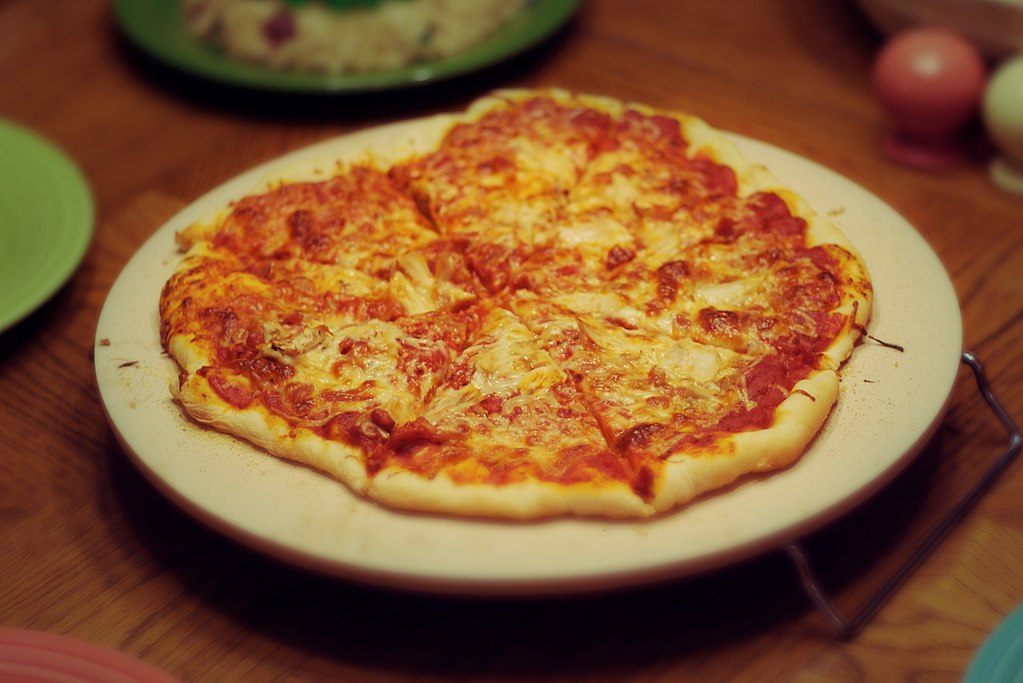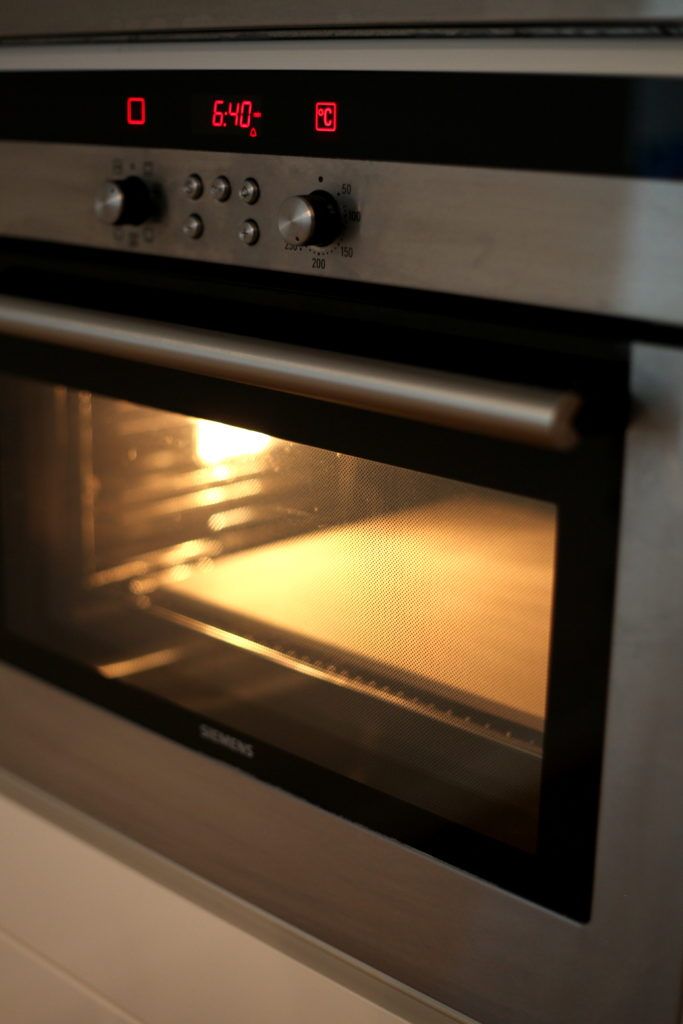Even the most simplistic baking pan can be the most indispensable kitchen tool you ever own, no matter what kind of cooking you do.
But did you know that even this simple, essential piece of kitchenware has an upgrade?
If you haven’t used a baking stone to make your latest recipe easier than ever, you’re missing out. It’s one of the world’s oldest and best baking techniques!

Contents
What Are Baking Stones?
Simple baking pans are made of thick aluminum, often covered in thinner tin foil to keep from getting dirty or tarnished.
Higher grade pans can be made of silicon and come in nearly any shape, from a flat sheet to a flexible muffin tin. However, you’d be hard pressed to find a sturdier, more reliable baking utensil than a baking stone.
The reason behind this can be found in its name: it’s a stone pan that you use to bake delicious creations in the oven.
Baking stones can be found in all shapes and sizes; the traditional rectangular baking sheet, the round pizza stone, and even loaf-shaped bread stones!
These baking wonders can be made of strong stone or resilient ceramic. Because of their unique design, baking stones are known for their ability to distribute heat differently than their metal or glass counterparts.
That makes them uniquely useful for a number of cooking creations.
What to Make with Baking Stones
A quick google search for “baking stone” will reveal that these unique tools are most often used in making pizzas.

In fact, they’re often called pizza stones instead of baking stones! But it’s not because they get the cheese ‘meltier’ or the sauce thicker.
When using a baking stone, it’s all about the bread. If you’ve ever made pizza on a baking stone, also commonly known as a bread stone, you’ll know the true advantage is found most prominently in the crust.
Because these baking implements are generally made of porous stone or clay, they tend to absorb the moisture in whatever they’re cooking. This means a bread stone is especially good at making crispy crusts for delicious pizzas of all kinds.
Most importantly, it allows the stone to keep the heat evenly across the board. Which means you won’t just get crispy crust, but a crust that’s uniform throughout!
Think about it: the best pizzerias in the world use stone ovens. There has to be a reason for this age-old technique sticking around, even as cooking technology moves above and beyond simple stoneware.
The baking stone is far from luxurious, but it gets the job done if you’re looking for an even, easy bake.
Beyond Pizza
It’s clear how the name “pizza stone” came to be, but what about the other titles for this essential baking creation?
Without a doubt, the clay or stone slabs can make the best of any sort of bread, just as they do for pizza. You can find all kinds of bread baking stones designed just for this purpose!
Some of the largest cooking brands in the world boast of not only the best flat baking stones, but bread stones shaped exactly for loaves.
Make no mistake; these bread stones can be useful for nearly any baking project. From biscuits to cookies, pies, and more, a baking stone may just be what your kitchen is missing.
How to Use a Baking Stone
One of the greatest things about baking stones is just how low-maintenance they can be compared to other baking implements.
Here are just a few benefits to expect.
Baking with the Best
Metal baking sheets need to be covered in foil to keep from deteriorating. Silicon pans, while sturdy and known for evenly distributing heat, are flimsy and typically need to be used along with a baking sheet to provide ideal results.
Baking stones and bread stones, on the other hand, are strong enough to be used on their own. Their clay and ceramic make-up results in a naturally non-stick quality.
Make whole batches of non-burned, evenly-baked cookies without a single sticky bottom! Even those shaped to make loaves of bread may only require a bit of butter and flour to keep the bread from sticking to the sides.
Baking stones are porous, which means they absorb the moisture of what they’re cooking. However, this also means, depending upon the exact make-up of the stone, that they can also absorb the flavor of whatever you’re cooking.

This is hardly a downside, for the creative cook! If you often bake similar things, one after the next, the flavors may transfer and make something wholly unique and delicious.
If this is a downside, then most baking stones can simply be rinsed in hot water to dispel stronger flavors. Modern baking stones can even be thrown right in the dishwasher!
Baking Stones: Worth the Cost?
As with any appliance in your kitchen, the higher the quality, the higher the cost. However, keep in mind that these particular baking tools are made of some of the sturdiest materials you’ll ever use.
A good baking stone can last upwards of 10 years — provided you don’t make a habit of dropping it!
If you’re not in the market for an upscale tool, there are numerous baking and bread stones online that can fill simple needs without breaking the bank.
Here’s a video showing more details on baking stones.
Do you have any tips for using a baking stone?
